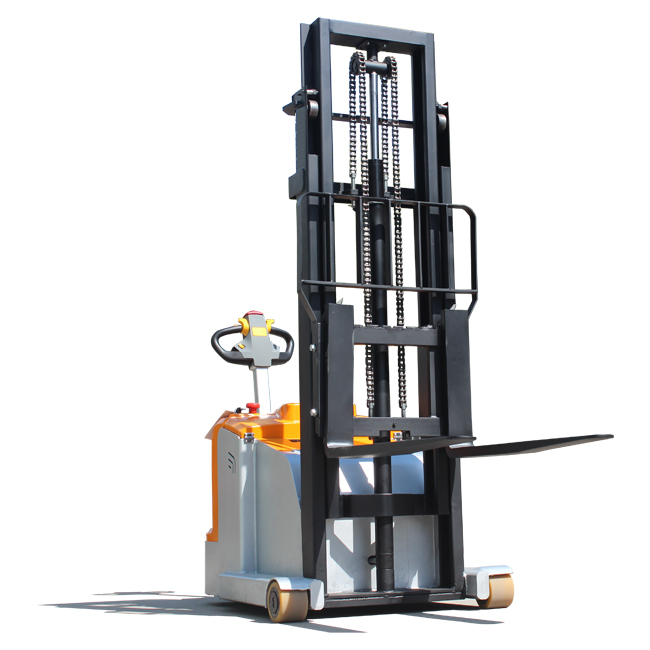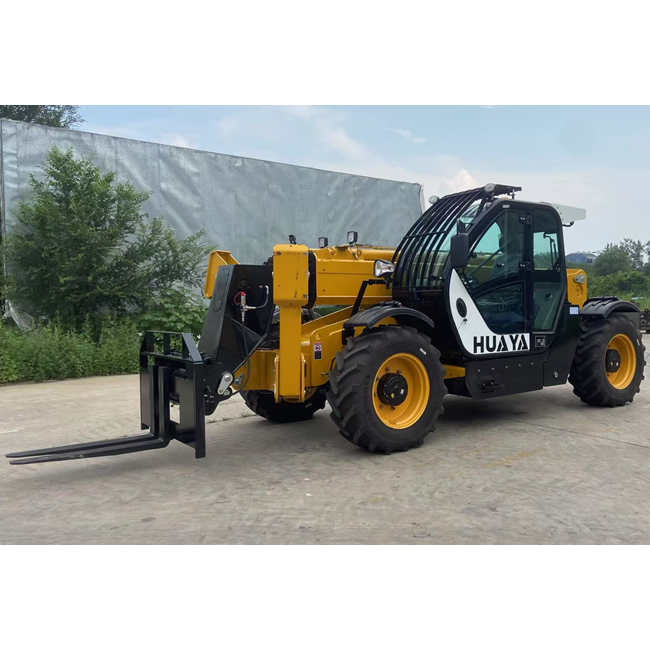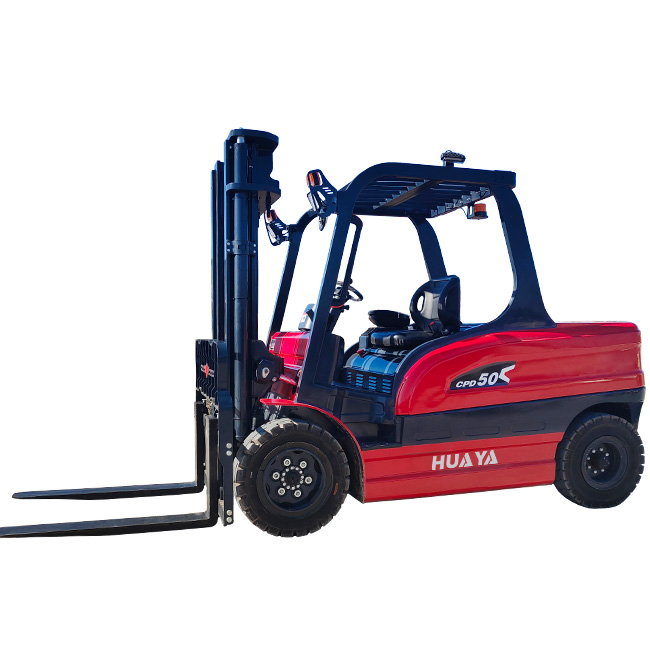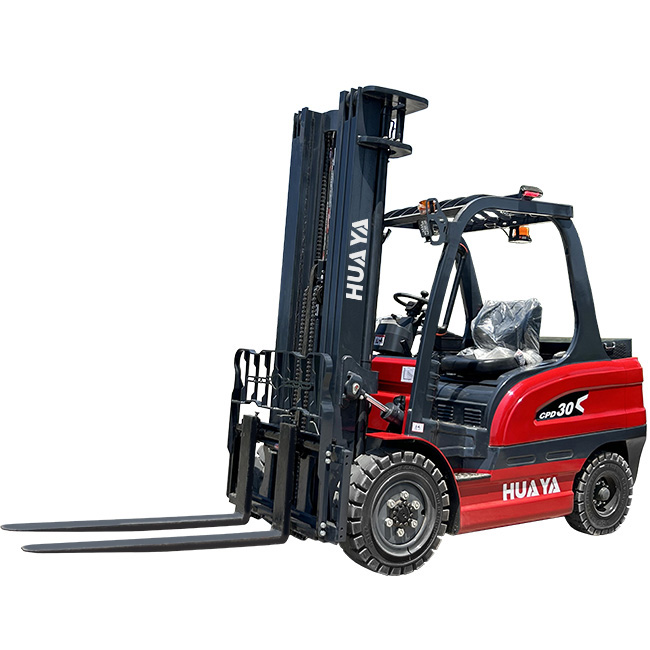Should you push or pull an electric pallet jack?
05 Sep 2025
When it comes to moving heavy loads in a warehouse, few tools are as essential as an electric pallet jack. But a common question arises among workers and warehouse managers alike: should you push or pull an electric pallet jack? While it may seem like a simple choice, the answer is nuanced and depends on ergonomics, safety, and efficiency. Understanding the correct method can save you from injuries, improve productivity, and ensure a smoother workflow. Think of it as steering a ship—you wouldn’t captain it blindly, right? Similarly, knowing how to operate a pallet jack correctly is key to navigating your warehouse safely.
What is an Electric Pallet Jack?
An electric pallet jack, also known as a powered pallet truck, is a device designed to lift and move pallets without requiring manual force. Unlike manual pallet jacks, which rely entirely on human power, electric pallet jacks use a battery-powered motor to assist in moving heavy loads.
These machines are widely used in warehouses, retail, distribution centers, and manufacturing facilities. They are perfect for transporting heavy goods over long distances within indoor spaces, reducing the strain on employees and boosting operational efficiency. Essentially, an electric pallet jack acts like a small, motorized helper, saving both time and energy.
Pushing vs. Pulling: The Basics
When you think of moving a pallet jack, you might instinctively pull it toward you or push it forward. But let’s break down what each method entails:
Pushing: This means standing behind the pallet jack, facing the direction you want it to go, and using your body weight to move it forward. Your hands guide the handle, but most of the force comes from your legs and core.
Pulling: In this case, you walk in front of the pallet jack, pulling it toward yourself. Your arms do most of the work, often putting strain on your back and shoulders if done improperly.
From an ergonomic standpoint, pushing tends to engage larger muscle groups like your legs and core, which are better suited for exertion. Pulling, on the other hand, relies heavily on smaller muscles, increasing the risk of injury over time.
Advantages of Pushing an Electric Pallet Jack
Improved Control and Visibility: When you push, you can see the entire path in front of you, spotting obstacles or uneven flooring before they become a problem.
Reduced Strain on the Back and Shoulders: Pushing distributes effort across your legs and core, which are stronger than the muscles in your arms and back. This decreases fatigue and risk of injury.
Safer Maneuverability in Tight Spaces: Pushing allows for smoother turns and better control when navigating narrow aisles. You can pivot the pallet jack with your body weight, maintaining balance while moving heavy loads.
In short, pushing aligns your body mechanics with the natural movement of the human body, making it the safer and more efficient choice in most warehouse environments.
Advantages of Pulling an Electric Pallet Jack
While pushing is generally recommended, there are scenarios where pulling might be advantageous:
Easier on Legs in Certain Scenarios: If the path is short and the load light, pulling may feel less strenuous on your legs.
Maneuvering on Uneven Surfaces: Pulling allows you to adjust the angle of the pallet jack to overcome slight bumps or obstacles on the floor.
Situational Efficiency: In tight corners where visibility is less of a concern, pulling might help you reposition the load quickly.
However, pulling generally engages smaller muscles and increases strain on the lower back and shoulders, so it’s best used sparingly and under the right conditions.
Safety Concerns and Risks
Improper use of an electric pallet jack can lead to a variety of injuries. Let’s examine the risks associated with pushing and pulling:
Pushing: Common injuries include wrist strain, leg fatigue, and, in rare cases, slips if the floor is wet. Overloading the pallet jack or sudden stops can also cause the load to tip forward.
Pulling: Pulling improperly is notorious for back injuries, shoulder strain, and wrist discomfort. Leaning backward while pulling a heavy load amplifies stress on your spine, leading to long-term musculoskeletal problems.
Factors like floor conditions, load weight, and aisle width further impact safety. Smooth floors, properly stacked loads, and adequate space make pushing safer, while rough floors or awkward load shapes might necessitate careful pulling.
Best Practices for Using an Electric Pallet Jack
To maximize safety and efficiency, follow these best practices:
Correct Posture: Keep your back straight, bend your knees slightly, and avoid twisting your torso. Always engage your core when moving the jack.
Hand Placement: Hold the handle firmly with both hands, ensuring that you can steer and control the jack easily.
Choosing Push or Pull: Use pushing as the default method. Only pull when necessary, ensuring you maintain proper posture and minimize strain.
Handling Heavy Loads: Split oversized loads when possible. If the pallet jack cannot handle the weight safely, use a forklift instead.
Awareness: Always look in the direction of travel, keep an eye on obstacles, and communicate with co-workers in shared spaces.
By following these steps, you not only protect yourself but also improve the overall efficiency of warehouse operations.
Ergonomic Tips for Warehouse Workers
Even with correct technique, repetitive motion can cause strain over time. Here are some ergonomic tips:
Stretching and Warm-Up: Stretch your shoulders, wrists, and legs before starting shifts. Simple warm-up routines reduce muscle fatigue.
Footwear and Gloves: Anti-slip shoes protect against falls, while gloves improve grip and reduce pressure on hands.
Breaks: Take short, frequent breaks to allow muscles to recover. Rotate tasks to avoid overuse of the same muscle groups.
Ergonomics isn’t just about comfort—it’s about preventing injuries and maintaining long-term productivity.
So, should you push or pull an electric pallet jack? The evidence leans heavily toward pushing. Pushing provides better control, reduces the risk of back and shoulder injuries, and is generally safer in tight warehouse spaces. Pulling may be acceptable in specific scenarios, such as light loads or uneven flooring, but it should always be done with caution.
By following proper posture, hand placement, and ergonomic practices, warehouse workers can operate pallet jacks safely, efficiently, and without unnecessary strain. Remember, your safety is just as important as the speed at which you move your loads.
FAQs
1. Can pushing an electric pallet jack reduce fatigue?
Yes, pushing engages larger muscle groups like your legs and core, which reduces fatigue compared to pulling, which strains the back and shoulders.
2. Is pulling safer for heavier loads?
Not usually. Pulling heavy loads increases the risk of back injuries. Pushing is safer for heavy or bulky items.
3. How do floor conditions impact whether I should push or pull?
Smooth, flat floors favor pushing, while slightly uneven surfaces may require careful pulling for better maneuverability.
4. Are there training programs for proper pallet jack use?
Yes, many warehouses provide on-site training and online courses to teach safe operation, ergonomics, and proper handling techniques.
5. Can pushing an electric pallet jack improve overall warehouse efficiency?
Absolutely. Pushing allows for better visibility, control, and speed, leading to more efficient movement of goods and reduced risk of accidents.




